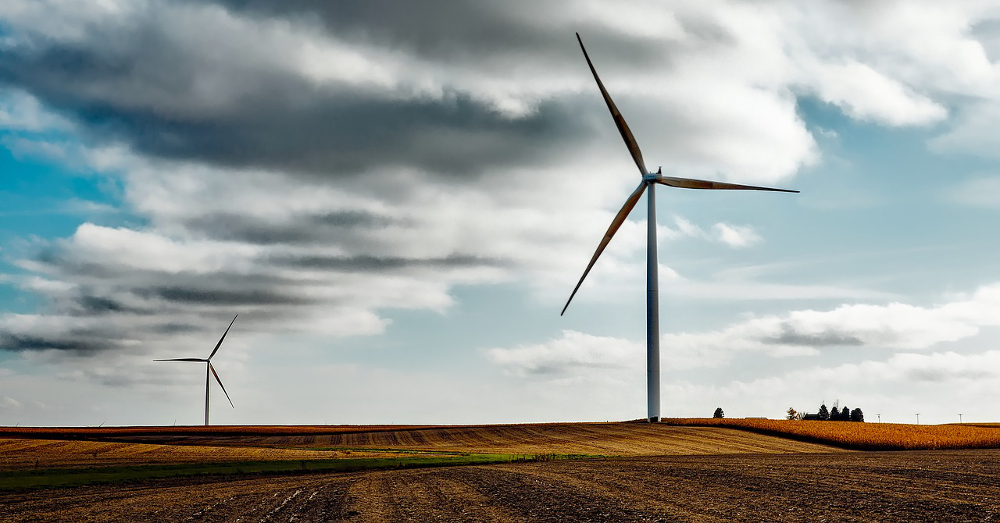
For the First Time, Wind and Solar Electricity Generation Hit Double Digits
Ten percent of all of the electricity generated in the U.S. in March came from wind and solar power, marking the first such milestone in U.S. history, according to a new U.S. Energy Information Administration report.
June 15, 2017 | Source: Grist | by Bobby Magill
Ten percent of all of the electricity generated in the U.S. in March came from wind and solar power, marking the first such milestone in U.S. history, according to a new U.S. Energy Information Administration report.
The EIA estimates that wind and solar farms likely generated 10 percent of America’s electricity in April as well, which would be another first, according to the report.
This year’s milestone shows that renewables are becoming a major source of electricity in the U.S. and can no longer be considered “alternative” energy, said Christopher Clack, CEO of the power grid modeling firm Vibrant Clean Energy and a former National Oceanic and Atmospheric Administration researcher.
The report’s findings represent a marked increased from March 2016, when wind and solar generated 8.6 percent of total U.S. electricity. Overall, about 7 percent of U.S. electricity comes from wind and solar annually, up from less than 1 percent a decade ago. Texas is the country’s biggest wind power producer and California is the largest solar producer.
EIA analyst Owen Comstock said state renewables goals are one of the biggest reasons wind and solar are hitting milestones. Most states require a certain portion of their electricity to be generated from renewables, and some, such as California, are strengthening their renewables goals. California’s current goal is to obtain half its electricity from renewables by 2030, and lawmakers there are currently debating expanding that to 100 percent by 2045.
“Infrastructure changes such as new transmission lines have also allowed developers to install large wind farms and connect them to population centers,” Comstock said.
Nationwide, electricity generated using wind and solar varies by the month and is highest in the spring partly because of seasonal changes in wind patterns and daylight hours. As electricity use spikes across the country in the summertime, when more people use air conditioning, electric power companies turn to more coal and natural gas power plants to help meet the demand, reducing renewables’ share of total U.S. power generation, Comstock said.
